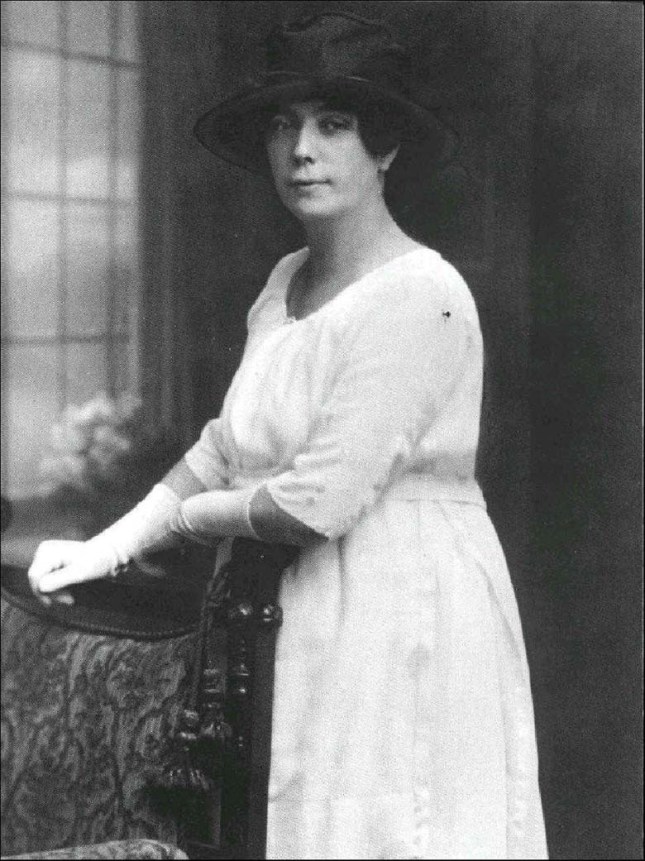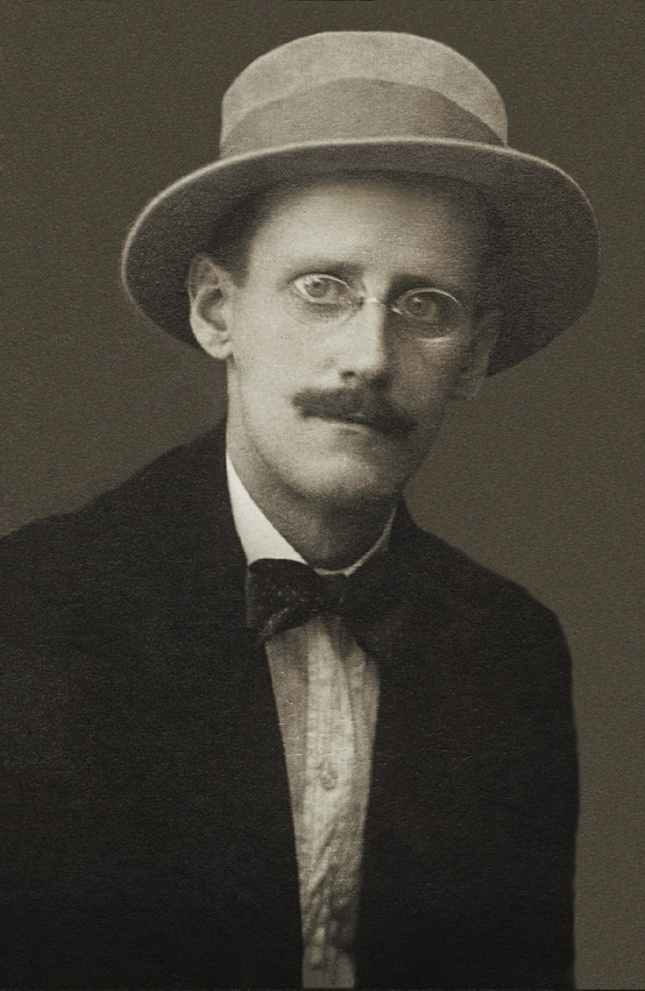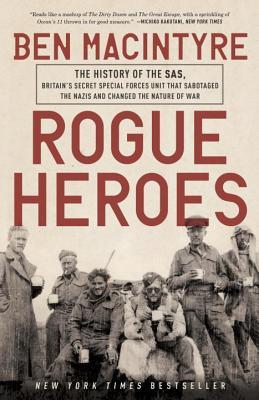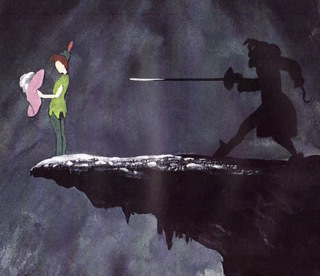
Even though Ted Hughes and Sylvia Plath chose to get married on this particular day, their tragic romance was not the most notable to have had its genesis on 16th June. That honour goes to James Joyce and Nora Barnacle, who first ‘stepped out’ together on the day in question, causing it to be immortalized by Joyce in his greatest work, Ulysees.
Now, according to those in the know, James and Nora did quite a bit more than ‘step out’ that day, but as we are at least two and a half hours before the traditional ‘watershed’ we will draw a veil over what exactly happened.
Joyce went on to set the events of his ground-breaking novel on the day of that fateful assignation, 16 June 1904. In his fictionalized version of the auspicious anniversary Leopold Bloom goes about his business, reflecting on being cuckolded by the charismatic Blazes Boylan. Meanwhile Joyce’s own alter ego, Stephen Dedalus, is in conflict with his flatmate Buck Mulligan, a virtually undisguised Oliver St. John Gogarty—though the ‘flat’ in question is actually the rather more striking Martello Tower in Sandycove. Ultimately Bloom and Dedalus meet, after parallel odysseys around the city of Dublin, ending in what Joyce called ‘Nighttown’ but was known at the time as ‘Monto’. They head for Bloom’s house on Eccles Street. The climax of the novel, and I use the word advisedly, is left to Bloom’s wife Molly, who, among other things, reflects on cuckolding her husband with the charismatic Blazes Boylan.
At some point in the course of the novel the ninety-seventh running of the Ascot Gold Cup takes place, and Bloom is presumed to have had money on the nose of a horse called Throwaway who, in Joyce’s novel, romps home at long odds. The repeated use that the author makes of the name of the horse means that the colt has to have been a fictional winner. Except that he wasn’t. Lo and behold, if you check the honour roll of the Ascot Gold Cup, you will find that it was indeed won in 1904 by a horse called Throwaway, ridden, for the record, by Willie Lane, trained by Herbert Braime, in the colours of Mr. Fred Alexander.
Of course, it was never on the cards that we, the people of the nation which forced Joyce into exile, would ever be able to leave 16 June 1904 well enough alone. Instead, we created the benign literary monster that has become Bloomsday, so-called, one presumes, because it is considerably more difficult to say ‘Dedalus’s Day’. Although, in truth, the day more truly belonged to Stephen than it did to Leopold.
The first iteration of Bloomsday took place on its fiftieth anniversary, when a merry bunch of Dublin’s literati, which included authors Brian O’Nolan and Anthony Cronin, poet Patrick Kavanagh, critic John Ryan, and Joyce’s cousin Tom, engaged two horse-drawn cabs, assumed the identities of some of the novel’s characters (Cronin played Stephen for example) and pledged to visit all the more notable sites featuring in the novel. That, however, was the only ‘pledge’ in evidence on this Bloomsday debut. The merry band of devotees got no further than the Bailey public house, then owned by Ryan, where they were overwhelmed by thirst, and were unable to continue the pilgrimage.
Since that inauspicious, if celebrated, inauguration, other aficionados have more than made up for the failure of O’Nolan, Kavanagh et al to complete their self-ordained marathon. It appears the only time since that Dubliners have denied themselves the pleasure of commemorating Bloomsday, was in 2006, when the festivities would have clashed with the funeral of former Taoiseach, Charles J. Haughey. Many of those involved in the festivities would, no doubt, have benefitted from the artists’ tax relief scheme begun in the 1960s by that latter-day charismatic political Blazes Boylan.
James Joyce went on his first date with Nora Barnacle, and Throwaway won his first and only Ascot Gold Cup, one hundred and thirteen years ago, on this day.

- Share






